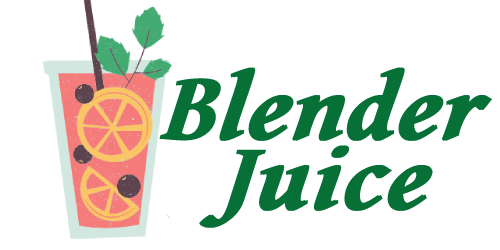The Fascinating History of Blenders
Share
Stephen Poplawski invented the first blender in 1922. He wanted to make an appliance to create soda fountain drinks. Stephen Poplawski was the first person to consider placing a swirling blade at the base of the container to puree, grind and chop.
In 1935, Fred Osius picked up where Stephen Poplawski left off, making improvements and modifications to the original idea. The now famous Waring Blender was invented at this time. Osius was part of the Hamilton Beach Manufacturing Company, formed by himself, Chester Beach and L H Hamilton in 1910. This company had already designed a variety of useful, popular kitchen appliances.
The Waring Blender
Fred Waring, who was fascinated by gadgets, helped Fred Osius financially. Osius approached Waring in his dressing room after Waring had given a live radio broadcast in New York's Vanderbilt Theater. Osius, who wore outlandish stiped pants, a bright yellow tie and a cutaway coat, pitched his idea and Waring was very interested. The first blender prototype failed but research and development continued.
It took six months and twenty five thousand dollars before Waring made the decision to drop Osius. Waring felt that the blender development was taking too much time and still had some technical issues with it. He had the gadget redesigned and launched his own version to the public at the National Restaurant Show in Chicago in 1937, calling it the Miracle Blender.
The Miracle Blender retailed at just under thirty dollars in 1937. Fred Waring changed the name of his company in 1938 from Miracle Mixer Corporation to Waring Corporation. The blender's name was changed to the Waring Blender.
The Increase in Blender Popularity
Fred Waring approached restaurants and hotels to pitch the usefulness of his product. He said the blender could revolutionize the American drinks industry. Waring used radio advertisement to promote the invention and a singing group called "The Waring Blendors" helped to draw more attention. Blenders have been successful all over the world.
The second World War halted blender production temporarily but in 1946 sales took off again as the consumer demand increased. Solid state controls were among the most significant blender improvements. The Waring blender was widely used in hospitals in the nineteen forties and fifties, by doctors who wanted to prepare special liquid meals for their patients. The blender was also a vital scientific research device and Dr Jonas Salk used one to develop the polio vaccine. The first million Waring blenders were sold before 1954.
It is fascinating to know the history of blenders and to know how this useful gadget was developed. Blenders are still very popular today because of their many uses. You can use blenders to make smoothies, juice cocktails, alcoholic drinks, sauces, pureed soups and much more. You can also use them to crush ice and nuts. Blenders are used for fun, for health and for medical purposes and few modern kitchens and restaurants are without one.
